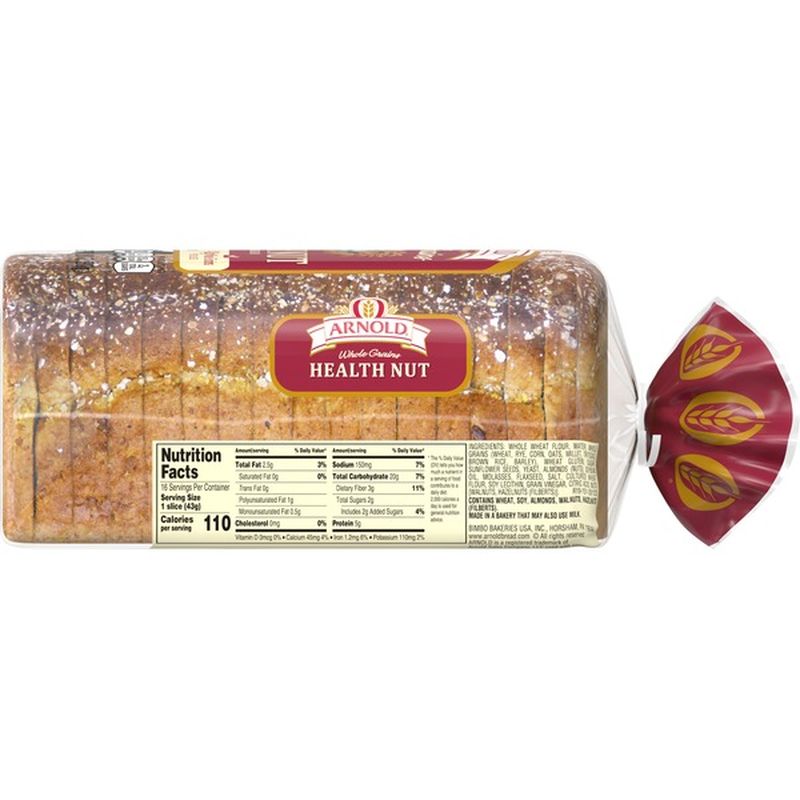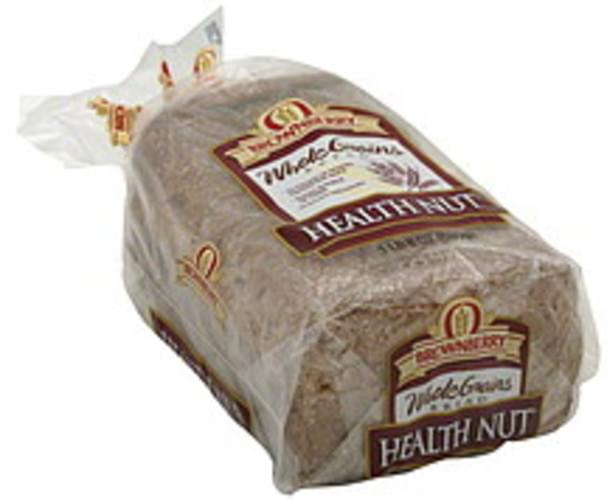

That’s why whole grains, including whole wheat, are higher in fiber and considered more nutritious than refined grains, which have been processed to remove the bran and germ. The bran and germ also contain protein, fat, vitamins, minerals, and beneficial plant compounds, while the endosperm is mostly starch ( 13). The bran, which is the hard, outer layer, is high in fiber ( 13).

Whole grains keep the entire grain intact, including the germ, endosperm, and bran. Sourdough bread is made through a fermentation process that boosts its digestibility, improves the availability of certain nutrients, and lowers its blood sugar effects. One slice (56 grams) of whole-wheat sourdough gives ( 12): Whole wheat sourdough has more fiber, while sourdough made with enriched white flour may contain more iron and B vitamins ( 11, 12). Sourdough can be made with both whole-wheat and white flours. Resistant starch takes a long time to digest, making this bread less likely to cause a big spike in blood sugar ( 10). The fermentation process converts some of the carbs in sourdough into a form called resistant starch. People with celiac disease or a gluten sensitivity still need to avoid any breads made with gluten-containing grains such as wheat.įinally, sourdough bread is thought to have a low glycemic index (GI), a measure of the impact a food has on blood sugar ( 10). However, this doesn’t mean that sourdough is gluten-free. The fermentation process breaks down some of the carbohydrates and proteins found in grains, including gluten ( 8). Sourdough may also be easier to digest than other breads. One older study found that sourdough fermentation helped to lower phytate content by over 50% compared to using conventional yeast ( 9).

Sourdough is made through a fermentation process that relies on naturally occurring yeast and bacteria to make the bread rise ( 8).įermentation helps reduce the number of phytates, also known as phytic acid, that bind to certain minerals and impair their absorption ( 8). Breads made from sprouted whole grains are high in fiber, vitamins, and minerals, and may have less of an impact on blood sugar than other breads. Sprouting helps increase the amount and availability of certain nutrients. One slice (34 grams) of Ezekiel 4:9 Sprouted Whole-Grain Bread offers ( 7): As such, they’re more filling than more refined breads ( 6). Plus, most sprouted breads are high in fiber and protein. Therefore, sprouted grains may not increase blood sugar as much as other grains, and may be a good choice for people with diabetes or reduced blood sugar control ( 5). What’s more, this process breaks down some of the starch in grains and decreases carb content. Studies reveal that sprouting also increases grains’ antioxidants while decreasing antinutrients, or compounds that bind to minerals like iron and block their absorption ( 3, 4). One study found that pita bread made with 50% sprouted wheat flour had over 3 times as much folate, a vitamin critical for converting food into energy, than pita made without sprouted wheat flour ( 2). Sprouting has been shown to increase the amount and availability of certain nutrients ( 1). Sprouted bread is made from whole grains that have started to sprout from exposure to heat and moisture.


 0 kommentar(er)
0 kommentar(er)
